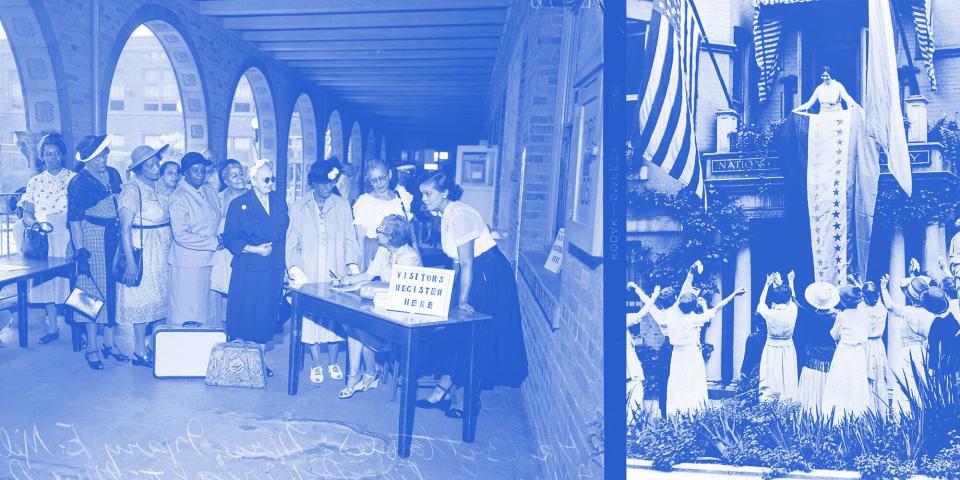The Unfinished Work Of The 19th Amendment
In the middle of the blazing summer of 1848, more than 300 people gathered in Seneca Falls, New York, for the nation’s very first women’s rights conference. By the end of that convention, the participants would vote on 11 women’s rights resolutions, including the affirmation that women in the United States of America should have the right to vote. (Notably, it was the only resolution that did not pass unanimously.)
But despite making proclamations that would impact American women as a collective — and the diverse coalition of women who made up the suffrage movement — the only Black American at Seneca Falls was Frederick Douglass.
Decades later, in August 1920, the United States finally ratified the 19th Amendment, most often remembered in the collective American imagination as the moment when women got the right to vote. But in fact, the 19th was not a guarantee of enfranchisement for all women, but rather a guarantee that states could not bar people from voting due to their sex.
This left ample room for states to suppress and disenfranchise on the basis of wealth and race, and they quickly did through Jim Crow laws, which included poll taxes, literacy tests and grandfather clauses. As with the convention at Seneca Falls, Black women, many of whom had fought long and hard for women’s enfranchisement, were largely left behind even as the white-dominated national suffragist organizations moved on.
One hundred years after the ratification of the 19th Amendment, we are still grappling with its fractured, incomplete outcomes.
“There’s power in the legacy of the 19th Amendment,” said Amanda Brown Lierman, organizer director at Supermajority, a women’s voting rights organization. “But it’s important to acknowledge that the 19th Amendment did not give the right to vote to all women. In fact, much of the movement at that time excluded and marginalized the voices of Black women in particular. In that space, we still have a long way to go.”

The...



